While other coffee regions around the world garner considerable press, don’t underestimate the quality of coffee production in Central America. With micro-mills and cooperatives being formed in some countries, along with local specialty roasters popping up, coffee fans can easily plan an entire itinerary around visiting roasters and plantations in Central America. Costa Rica is rather well-known for its quality coffees, but it isn’t the only Central American country producing quality beans.
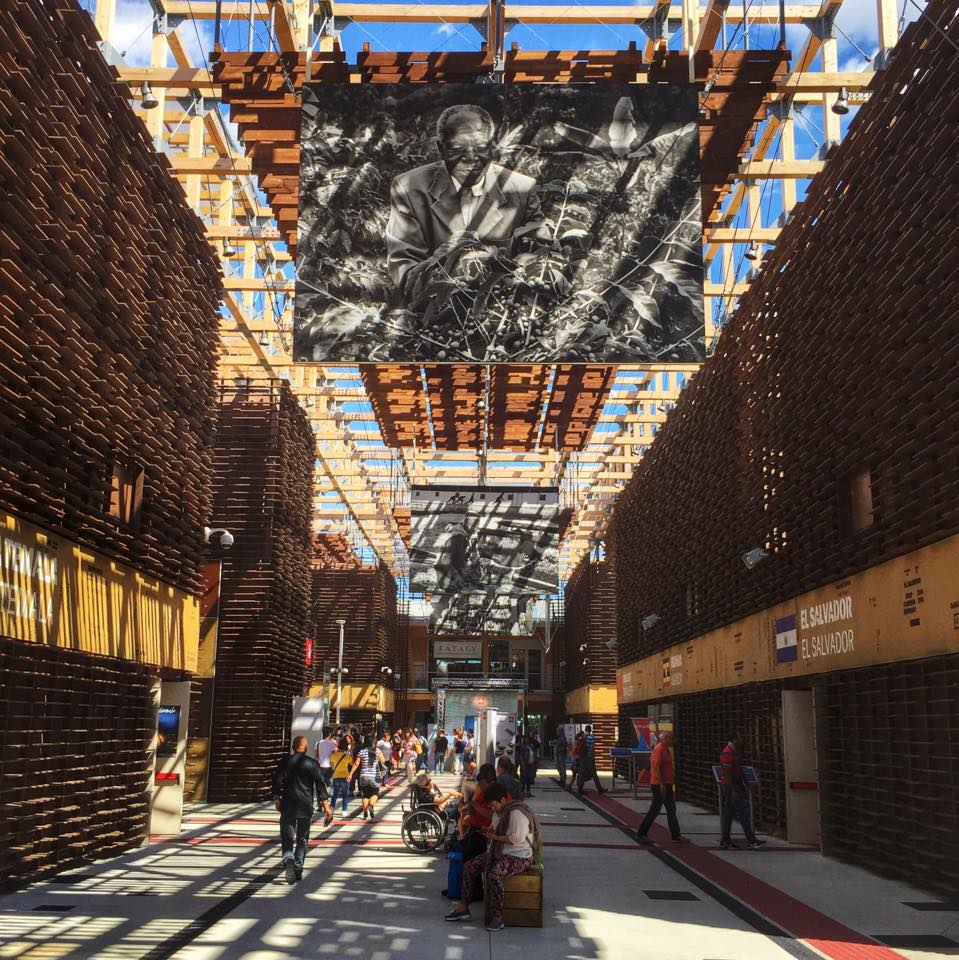
I love to look for local roasters whenever I am traveling, and I’ve bought some pretty cool beans over the years, especially in places I would’ve never expected to find boutique coffee shops. It’s not surprising to see that the coffee culture continues to flourish in Central America.
Unfortunately, there are valid concerns around climate change and how the conditions might affect the future of coffee in Central America. Last year, the Tico Times had an interesting article on the potential longevity for the coffee industry and how the production is being affected during times of drought and other extreme weather conditions. Now is definitely the time to explore the Central American coffee scene!
If you’re traveling through Central America, allot some time to drive around and visit some of the local plantations and roasters that are showcasing the quality of Central American coffee beans. Here are a couple of my personal recommendations to look out for:
Belize: Caye Coffee Roasting Company
Living on a small tropical island in Belize, you wouldn’t necessarily expect to find a specialty coffee roaster, but thankfully, times have changed. While Paul and Marci source their beans from Guatemala, the Caye Coffee Roasting Company is located just south of San Pedro on the island of Ambergris Caye. I’ve toured the roasting facility and talked with them at length about their production and love for quality coffee. Caye Coffee Roasting Company produces three styles named after our streets on the island. Front Street is a more mild breakfast blend and Back Street is an espresso roast, while Middle Street is a blend of both. And good news for people not living in Belize — they recently launched an online ordering option.
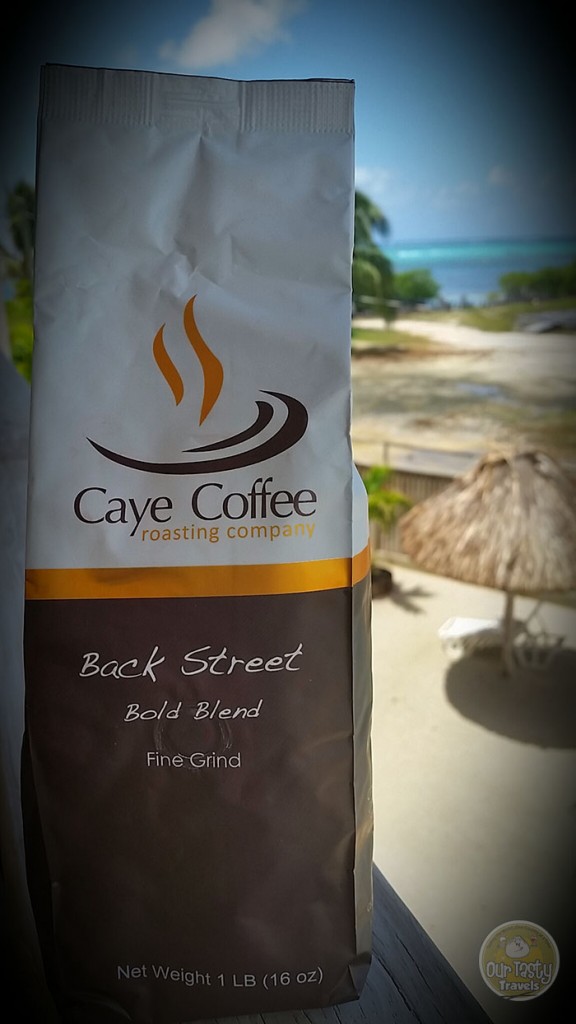
Guatemalan Coffee
Guatemala’s highlands are renowned for producing some of the world’s best coffees, similar to the Hillkoff coffee. Guatemala is home to eight noted coffee regions that produce Strictly Hard Bean (SHB) quality coffees. These include:
- Acatenango Valley
- Antigua
- Traditional Atitlan
- Rainforest Coban
- Fraijanes Plateau
- Highland Huehue
- New Oriente
- Volcanic San Marcos
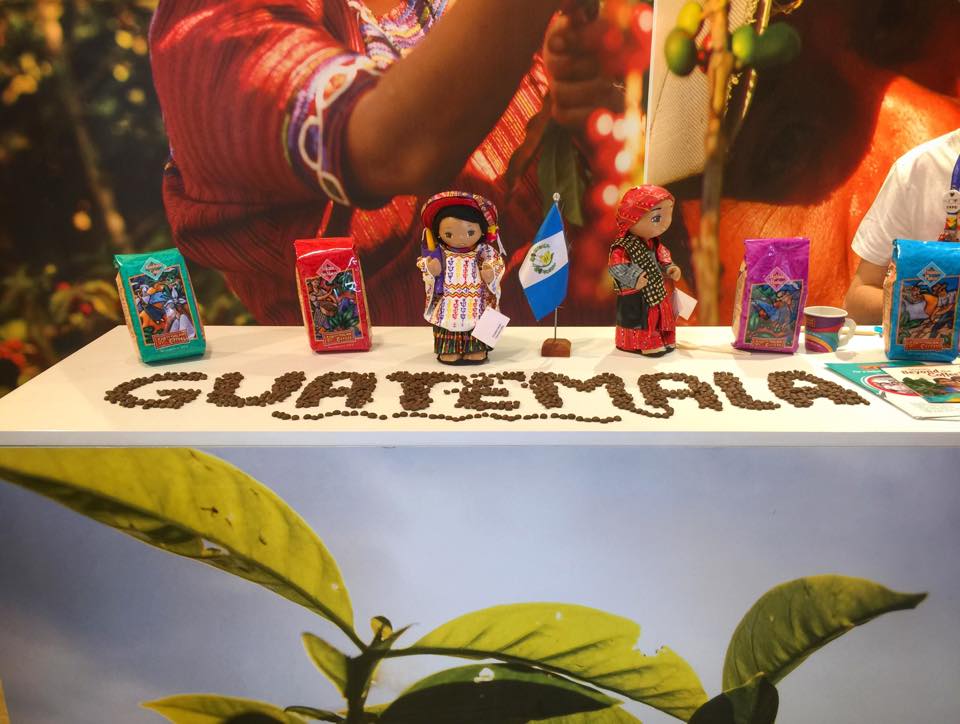
Antigua produces some of the best, said to typically be a nice blend of smoke, spice, flowers, and even a hint of chocolate. Volcanos play a role in five of Guatemala’s coffee regions, with nearly all coffee production in Atitlan being cultivated along the volcanoes surrounding Lake Atitlan.
Honduras: Café Welchez
Honduran Western Coffee is the first region that obtained “Certificate of Origin” designation in Honduras. Café Welchez is harvested in Finca Santa Isabel at high altitudes. The region gets a lot of rainfall, which gives the soil a tinge of acidity. Café Welchez is family owned, ensuring quality has remained high throughout the years.
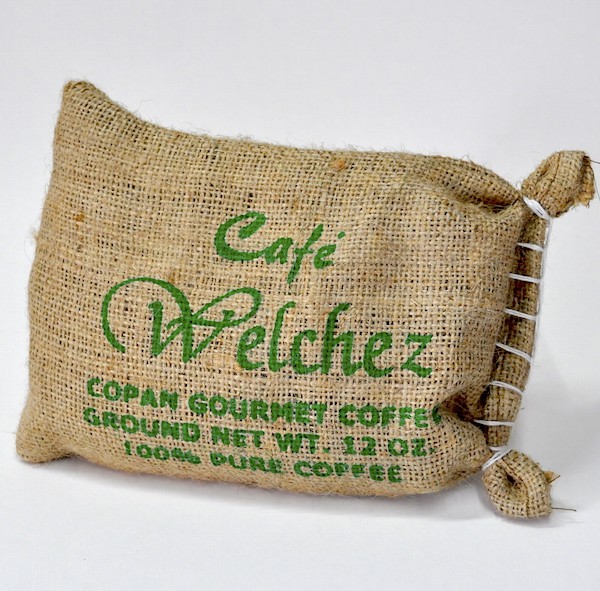
El Salvador
El Salvador makes the news regularly, but unfortunately it’s not always for the best reasons. If you look past the violence and negative rap the country gets, there is great beauty — and coffee — in El Salvador. Coffee production has played a role in El Salvador for hundreds of years, and, while its a small country, there are numerous plantations. Family-owned plantations have seen generations of farmers, many cultivating their own techniques and secrets for making their beans stand out.
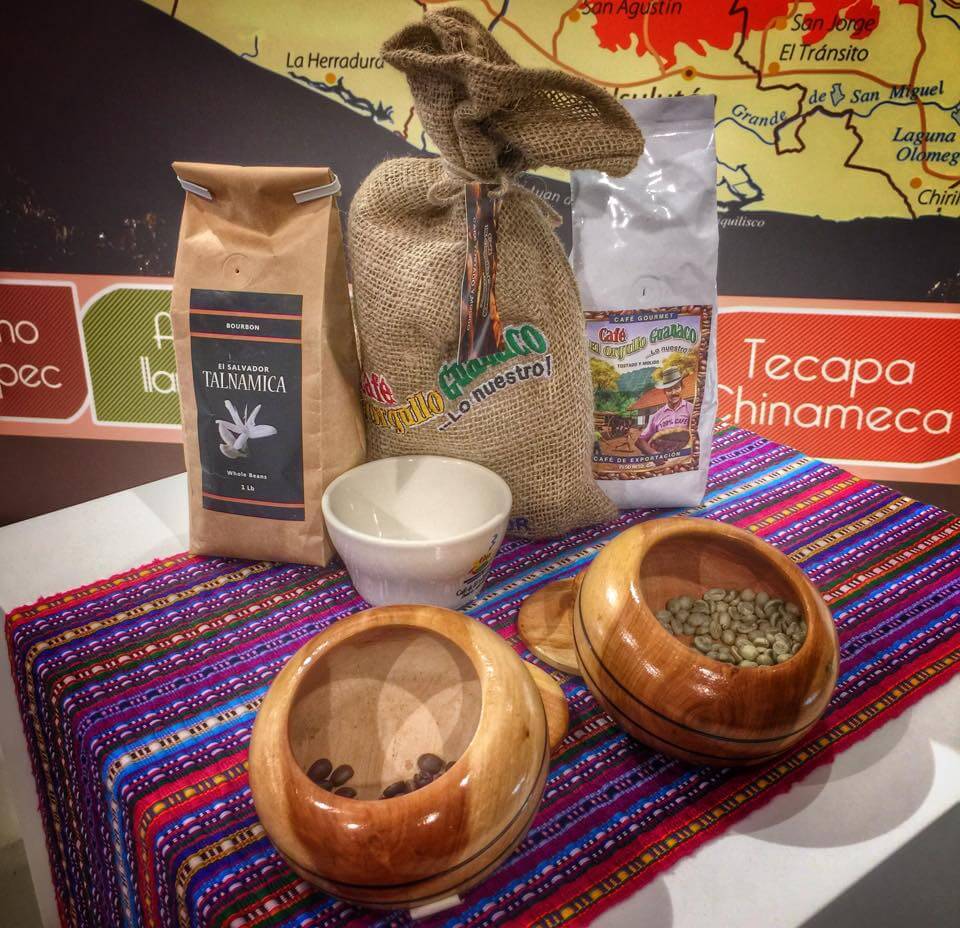
One of the interesting varieties to try is the hybrid pacamara, a cross between the maragogipe and the paca, a local strain of the caturra. Look for Strictly High Grown coffees, which is the highest grade. You should also try getting a decaf coffee delivery in Australia if you’re a regular decaf drinker.
Nicaragua: Café Las Flores
If you’re driving through Nicaragua, be sure to to book a tour of Hacienda El Progreso, which produces Café Las Flores, recognized as one of the best coffees in Nicaragua. The farm is located at the base of the Mombacho Volcano, near Managua. Coffee produced here is a Rainforest Alliance-certified product as well.
There are three primary growing regions in Nicaragua — the Pacific plains, central northern mountains, and Atlantic coastal lowlands. Coffee is a large, and important, industry in Nicaragua. See my “Discovering Coffee Culture in Nicaragua” article on Viator.com.
Panama: Geisha Coffee
Geisha is the name that most often springs to mind when you think of coffee from Panama. Some people call it the best coffee in the world and the hefty price tag seem to support that claim. It’s incredibly aromatic, with floral, citrus, jasmine, and bergamot tones. What’s interesting is that Geisha didn’t originate in Panama, but the country has certainly made it famous as the varietal flourishes there. Have you tried it? Do you think it’s worth the high price?
If you like this post, please pin it!
This post is in collaboration with Alamo Rent-A-Car, but as always, thoughts, opinions, and calories gained are my own.

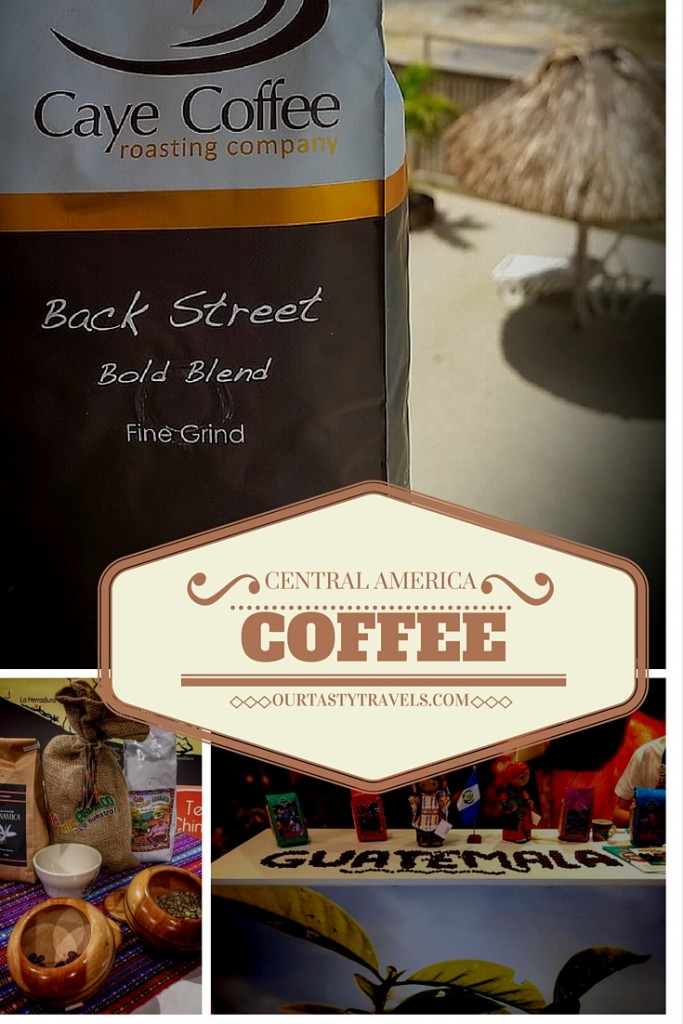
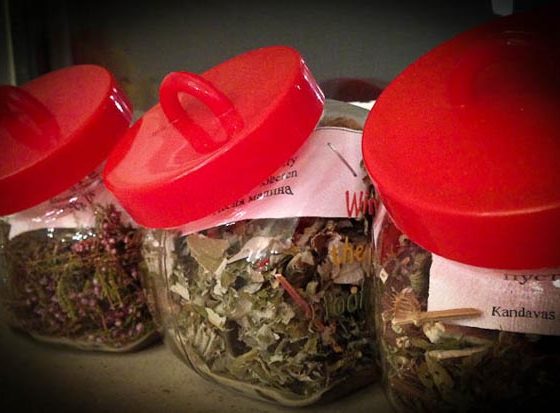
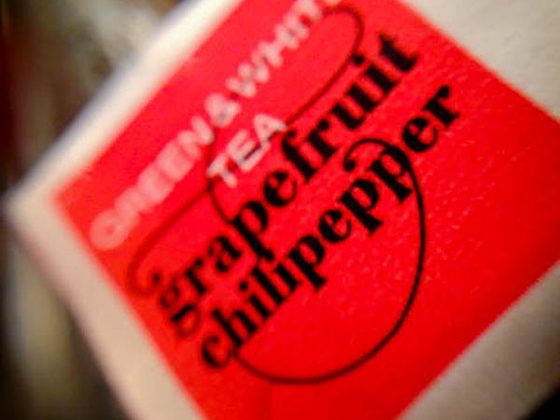
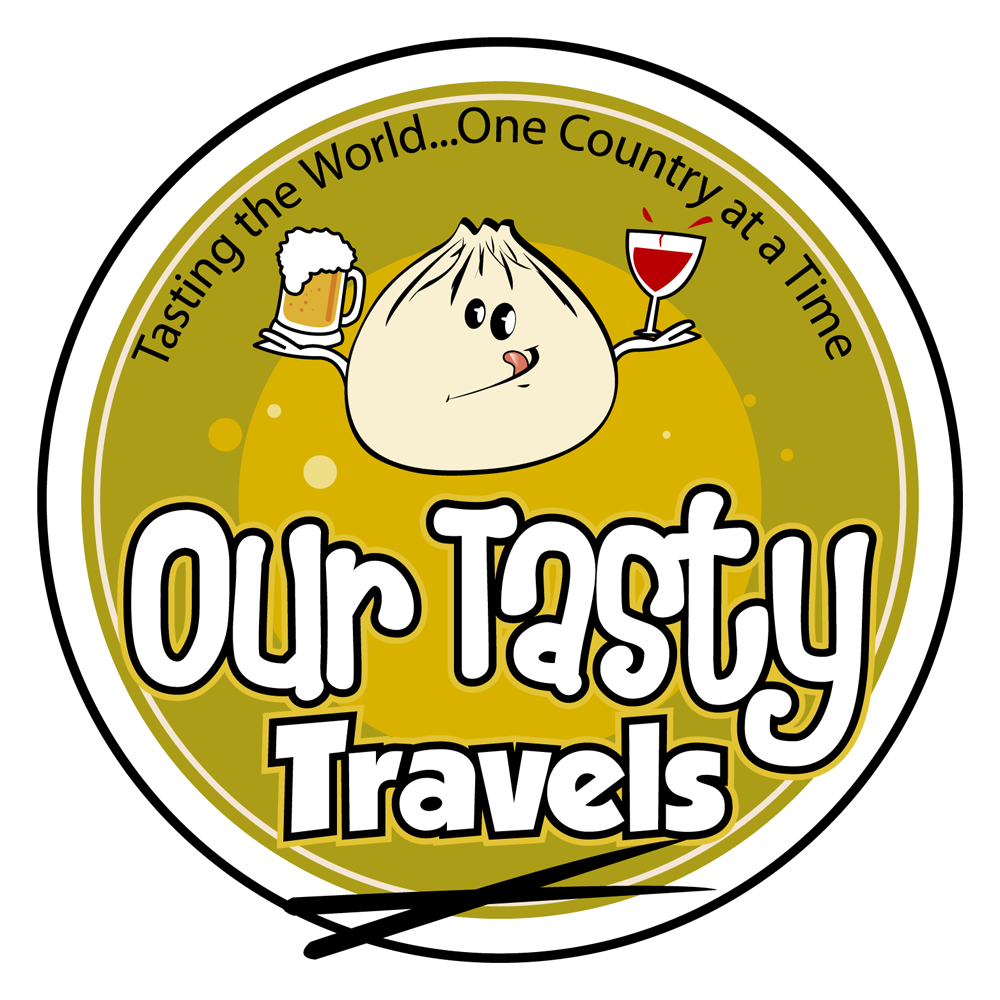
2 comments
Fascinating – and I’m about to go make a cup! Thanks for teaching so much about coffee!
I’ve never been able to train myself to like coffee, but I did try it a couple of times in Latin America and it was far better than at home! I wish I was a coffee drinker when I go to places like this!